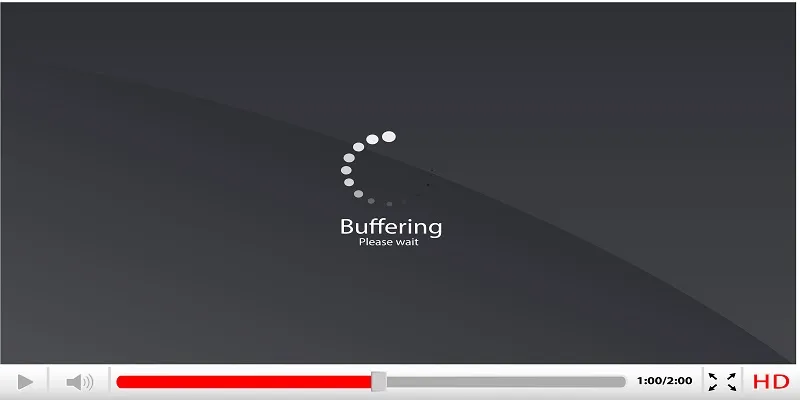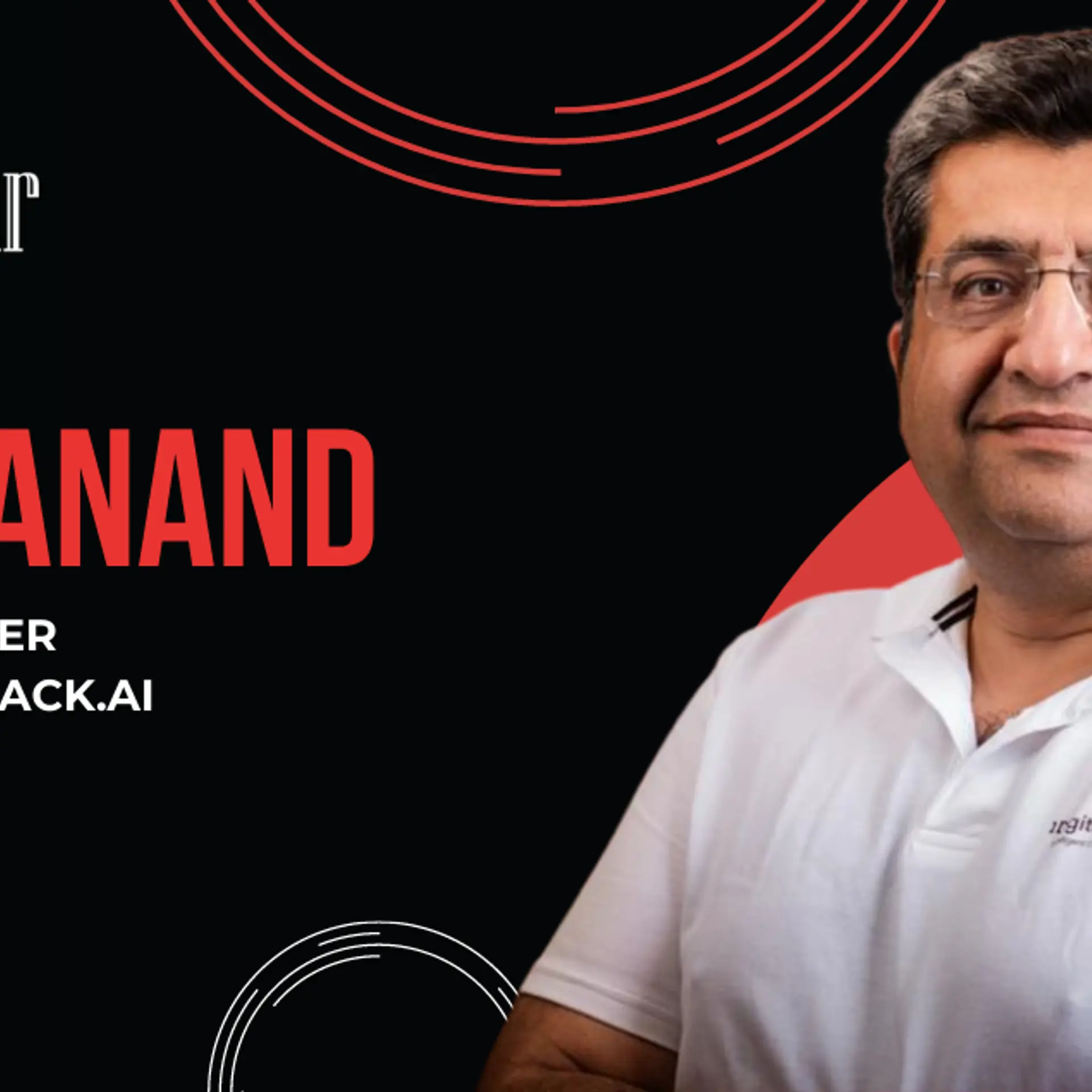How far do mobile networks have to go before they can catch up with growing technology in the mobility space?
"Sometimes the network just doesn't work at my place; so it's difficult to download emails."
"The network bars are down, so the video is taking time to download."
These are some common statements we've either made ourselves or heard from others, quite often. While mobile network companies place advertisements professing better network and data with 4G, many believe that data is yet to catch up with the speed and technology of the devices. Mobile phones and devices are becoming more accessible, smarter and sophisticated by the day.
"The networks, however, haven't been able to keep up with the speed at which these devices are growing. There's going to be more demand for bandwidth than the supply. The need will always be more than what's available," said Nikhil Naik, Director - Global Content and Distribution, Vuclip, at MobileSparks 2015.

Networks vs. technology
With most companies going the mobile first way, the need for the networks to catch up with the increasing demand for bandwidth has become imperative. India is said to be the second largest telecom market in the world: tapping into this huge market, the mobile phone industry contributed close to USD 400 billion to India's GDP in 2014. Reports also suggest that the sector will generate close to 4.1 million jobs by 2020.
However, Rajesh Razdan, Co-founder and CEO of mCarbon says that the networks in India tend to be rather choppy, thus changing users' experience. He says, "While you are designing a certain app or product, it needs to work well within all the inefficiencies of the existing systems." He adds that if your customer is stranded in a no network zone and your app is purely data centric, you need to figure out ways to make it work. It is therefore important to be innovative; taking into account the different aspects and limitations.
Giving what the customer needs
Amit Goel, VP and Head of Product, Knowlarity, says that in the B2B space most of their clients need to have 'data on the go. "People don't want to configure their whole system into the mobile apps; they are just looking to access data," says Amit.
Rajesh adds that localisation is the key to reaching out to a larger base of audiences. He says that the need of the hour today is the ability to create differentiated user experiences. "While the advanced users of iPhone and android devices have a good user experience, it's also important for the ones who have more basic models to have a great experience," says Rajesh.
Different strokes for different folks
Emphasising the importance of localisation, Nikhil says that today, with this gap between networks and devices, it's become important to focus on the content in itself. "If I have a great movie in my app, I need to think how can this movie be dissected with different meta data - so that people can jump easily, without worrying about data, to their favourite scene or song," adds Nikhil.
He also says that as you go to Tier II and Tier III cities, it becomes very important to provide content that users can easily consume and engage with. Again, localisation is the key here. "You need to be able to access data and content in your apps, without worrying about the network," says Nikhil.
Issues of governance
With the battle of spectrum and telecom policies raging-on forever, the networks and their bandwidths will continue to be a problem. However, today's consumer is more aware; and businesses, too, have become more nimble. Rajesh says that restrictions don't bode well for anyone. With usage increasing exponentially, and businesses adding newer technologies, it's now time for policies and networks to play catch.







